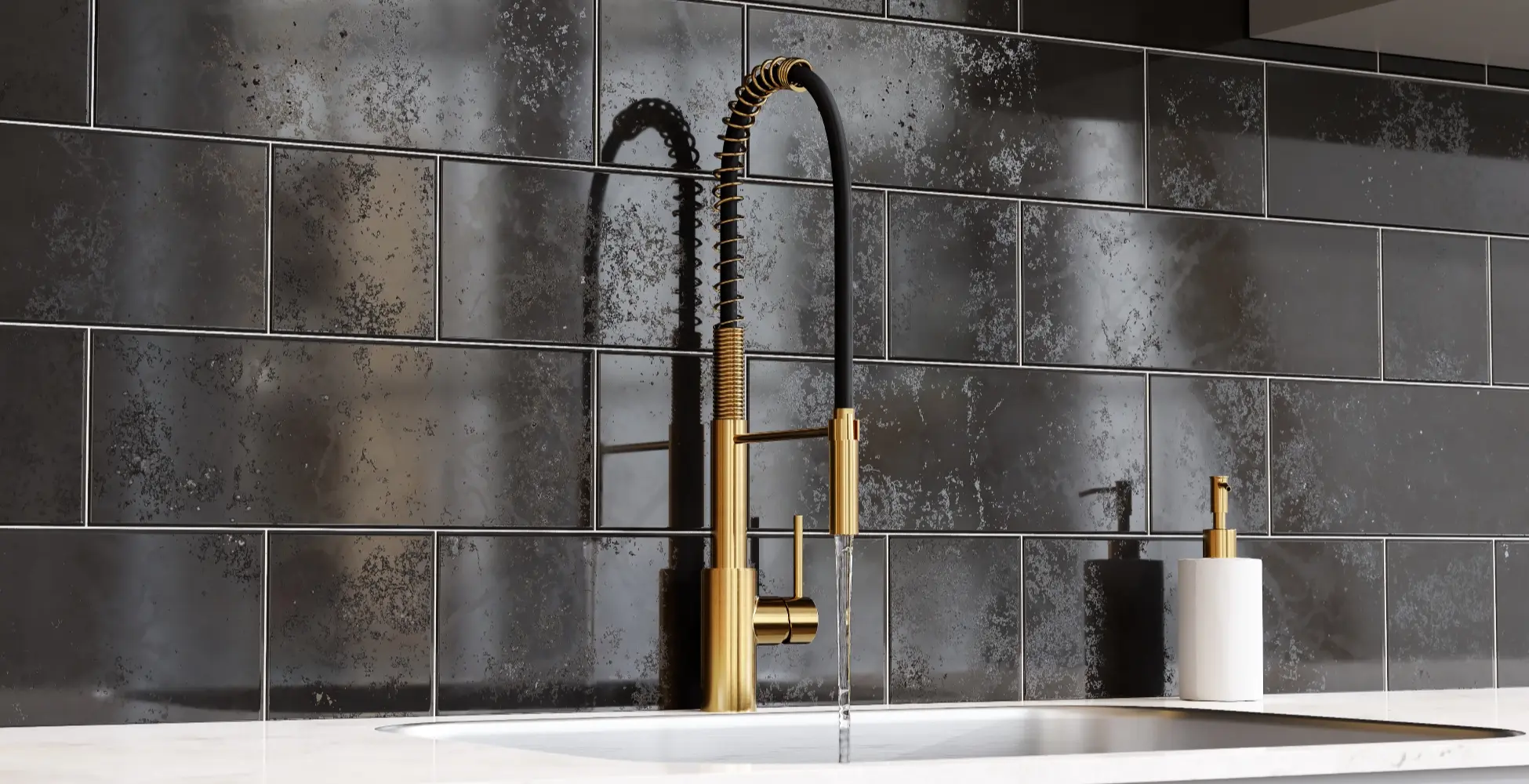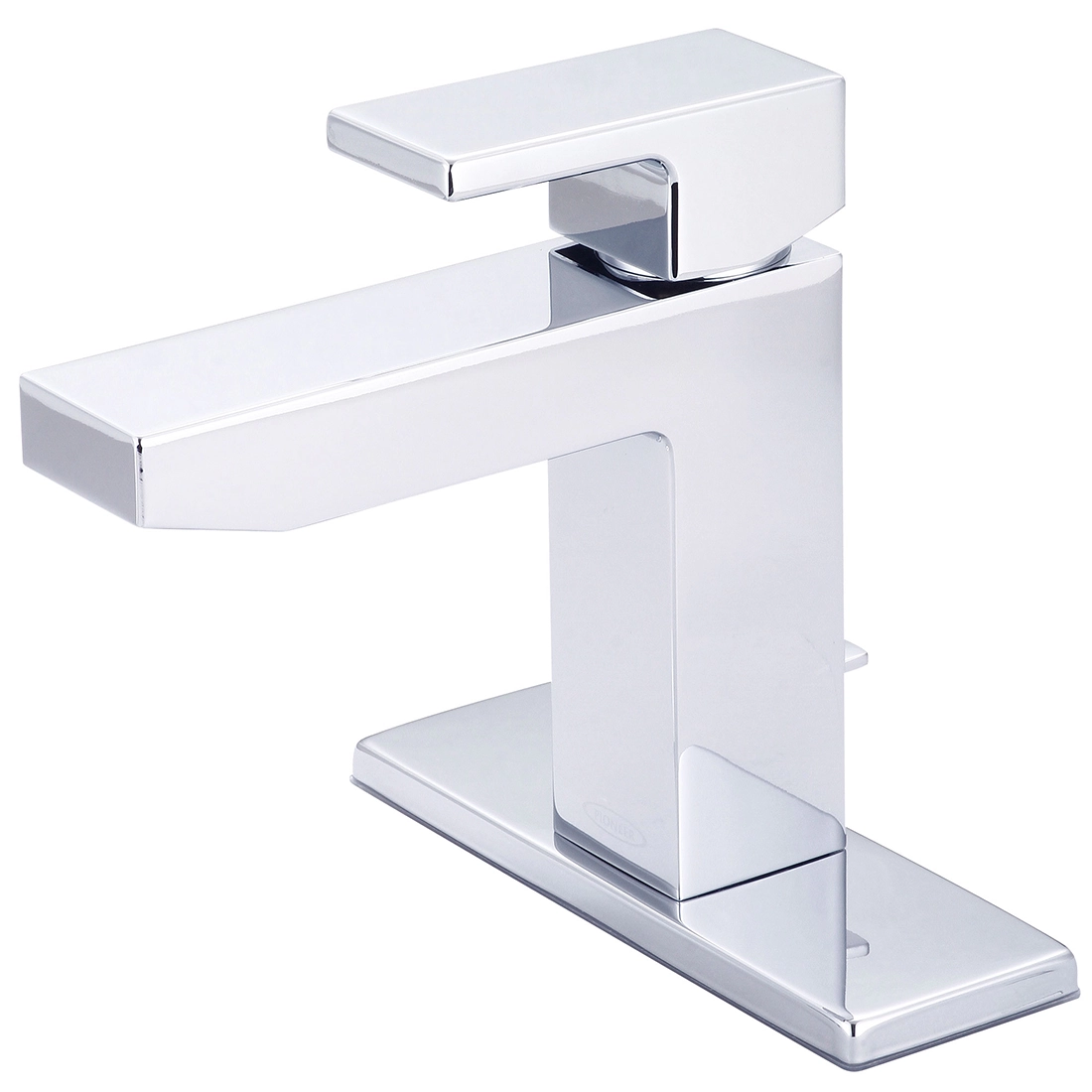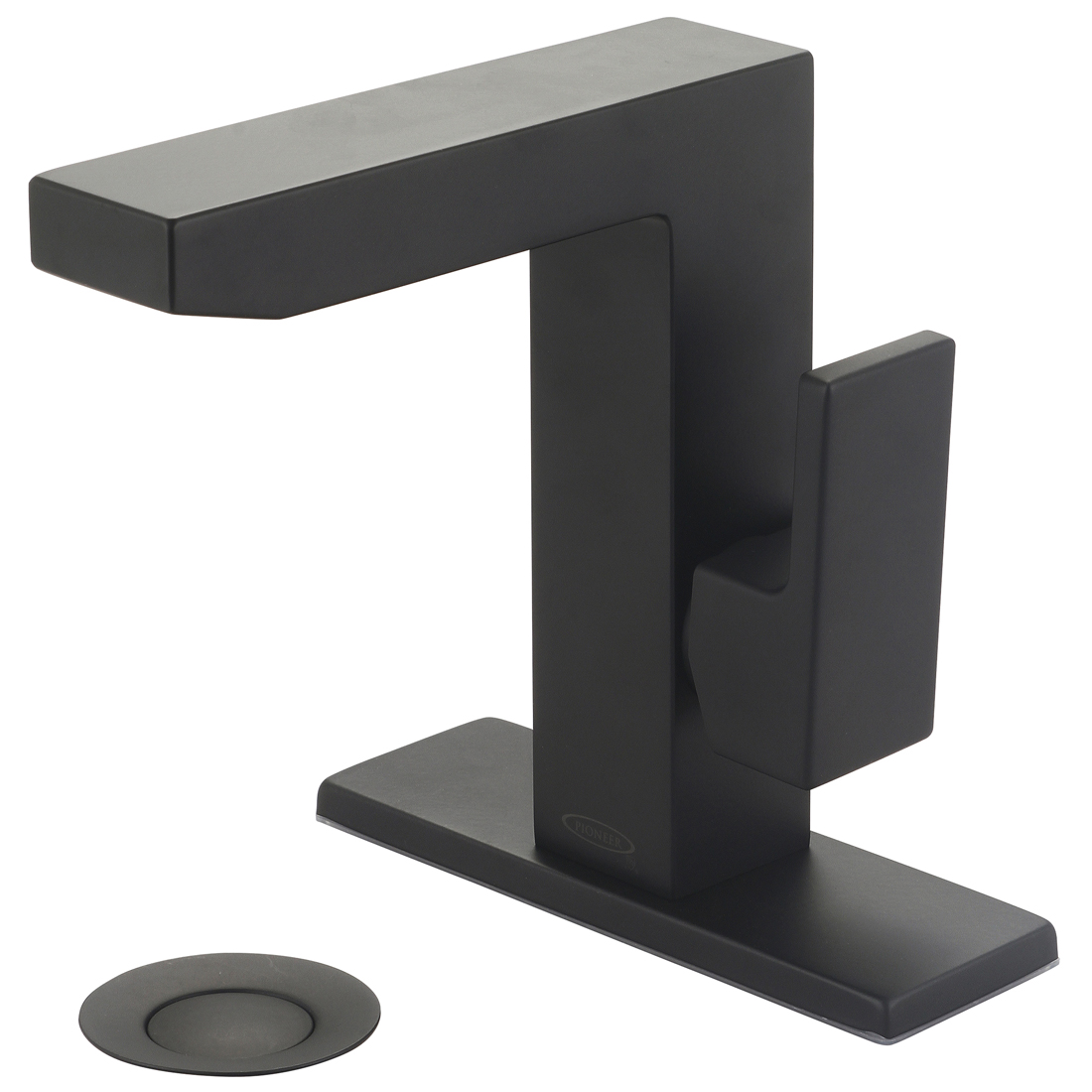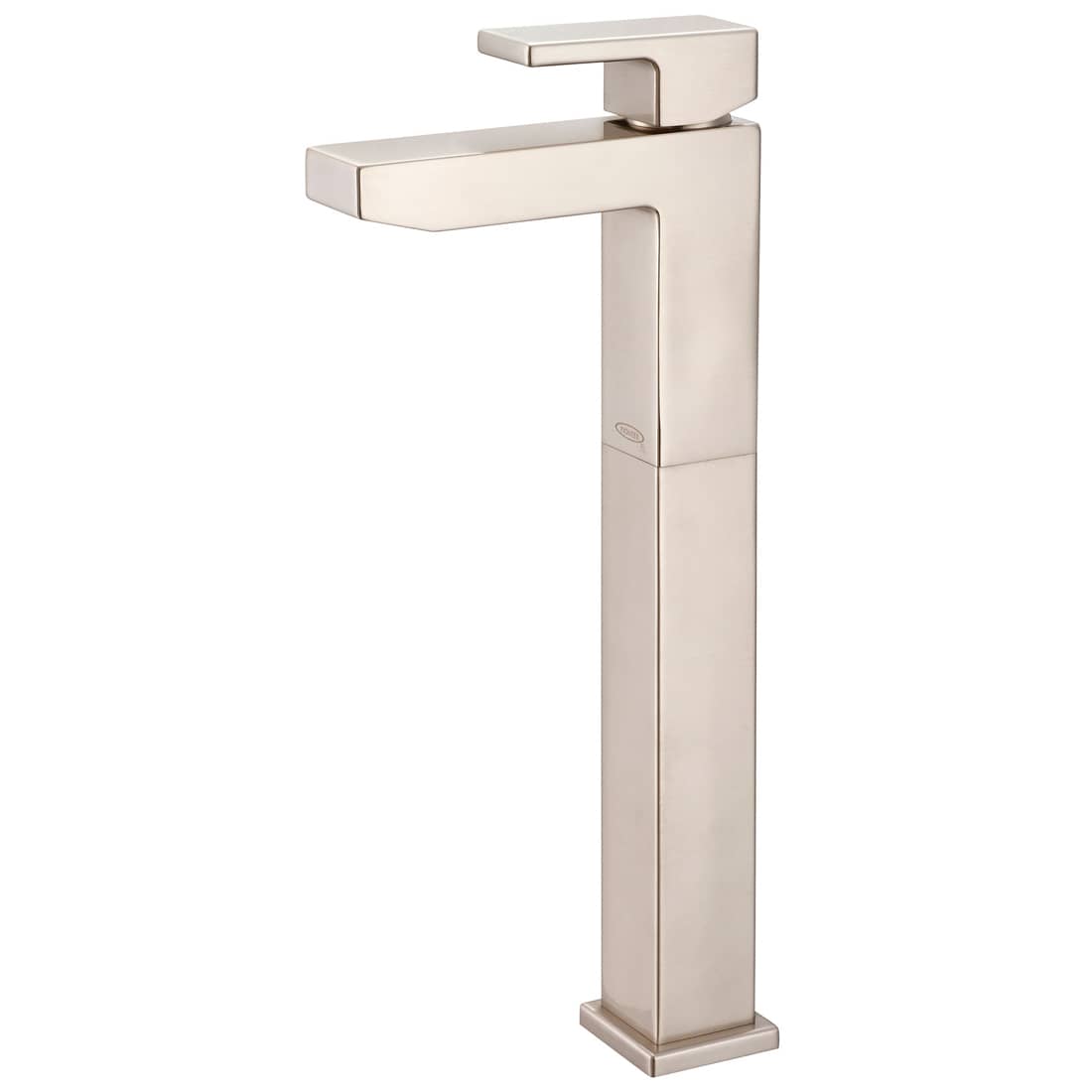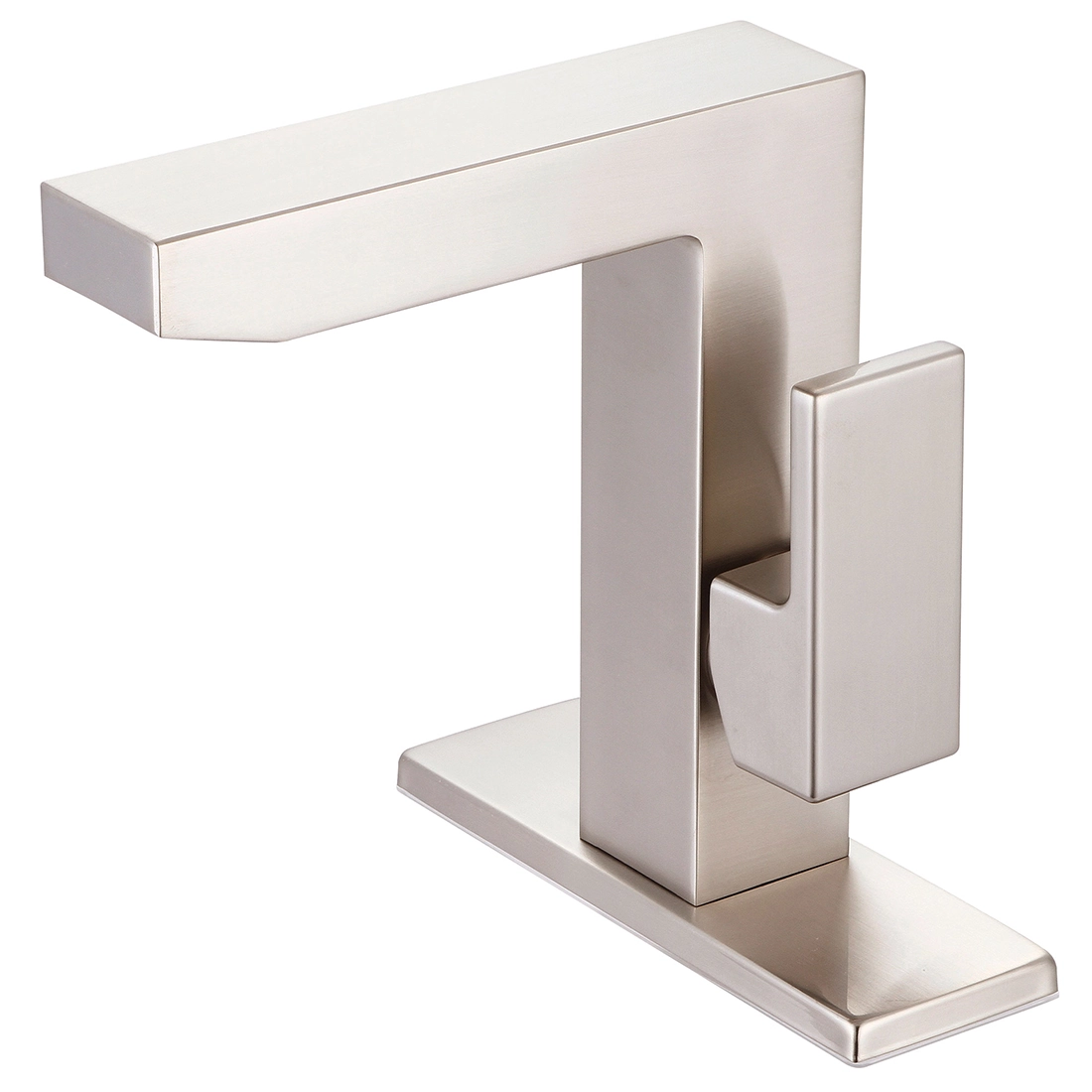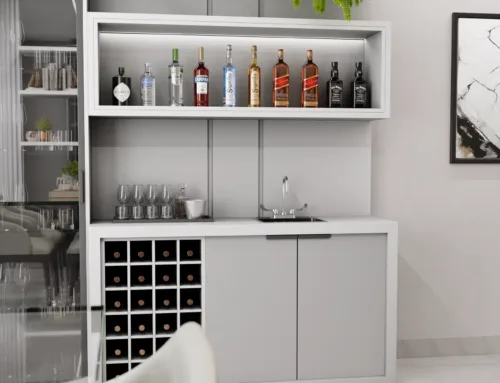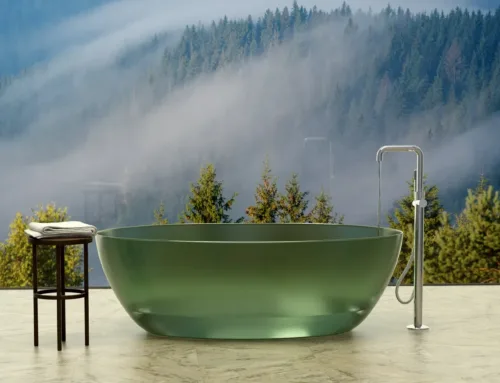What is Laminar Flow in Faucets?
Laminar flow faucets produce an air-free stream of water. This lack of aeration produces a crystal-clear water flow that empties smoothly into the sink with very little splashing. Many people prefer laminar flow in their kitchens and bathrooms simply because of the stream’s beautiful glass-like look. You may have even noticed laminar flow is a trending topic on video-streaming platforms for this reason alone. Although turbulent flow sinks produce a more comfortable and softer stream, there are a few reasons a person or developer might choose laminar flow instead.
The Difference Between Laminar and Turbulent Flow
The physical characteristics of a faucet’s water stream is the product of the aerator. The aerator is a small filter in the faucet’s spout that determines the air-to-water ratio of the stream. Laminar aerators layer the water to move in parallel lines, creating a flow so smooth that it’s transparent and laminar flow tends to be quiet. Turbulent aerators mix air into the water stream at the spout. Turbulent flow is identifiable by the water’s white appearance. Additionally, the mixing of air and water creates a hiss sound that is not often found in non-aerated water.
Turbulent flow faucets have held a tight grip on the faucet industry for their expert water-conservation technology. When an even ratio of air to water is achieved, the faucet releases less water with equal power, often making turbulent flow a more cost-efficient and earth-friendly choice. However, there are now plenty of laminar flow faucets that go above and beyond federal energy and conservation standards. Water-conservation technology is always on the rise and we will soon find even more laminar flow faucets that fit this profile.
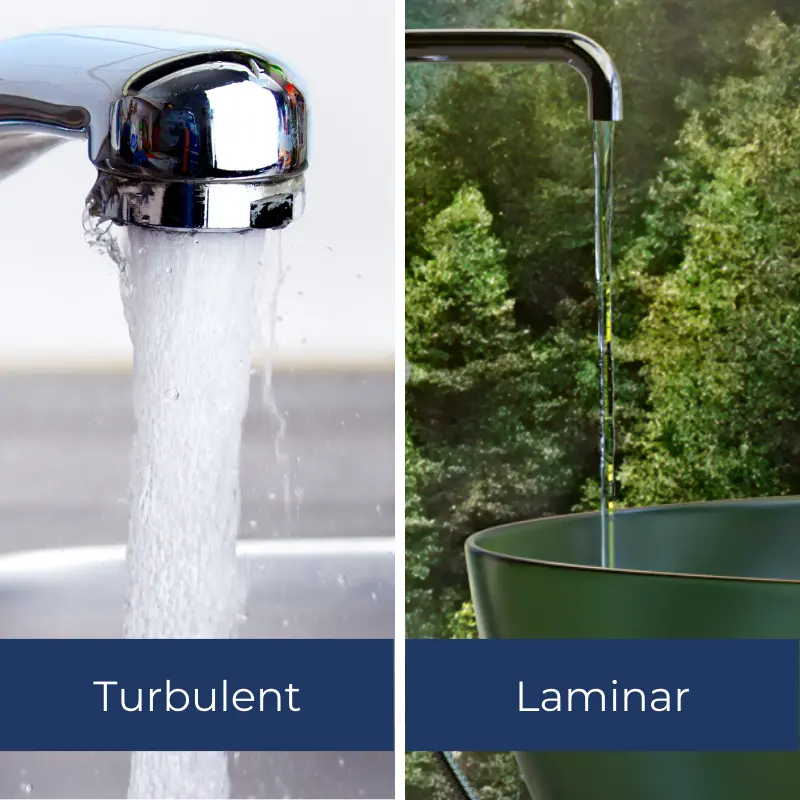
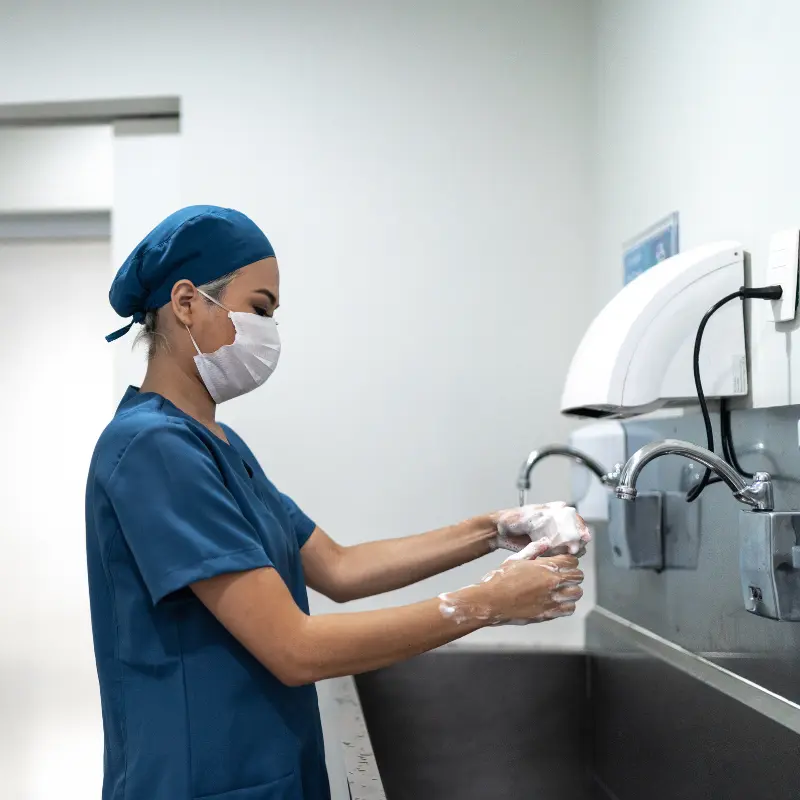
Health Benefits of Laminar Flow
Many hospitals and healthcare clinics use faucets with laminar flow. Though a cheaper technology, turbulent water can catch bacteria in the air of the room. The combining of air and water creates a higher risk for more vulnerable patients if they or someone caring for them were to come into contact with it while washing up. Most health clinics opt for laminar flow to mitigate any potential risk, however small. Other establishments where food might be prepared, like restaurants, or a home kitchen, might also prefer laminar flow for optimal safety in areas meant for food preparation and consumption. Senior-living complexes or other facilities with vulnerable residents might also benefit from laminar flow. Incorporating laminar faucets is a simple decision that prioritizes the cleanliness and hygiene of future and current tenants.
Bringing it All Together
There are many reasons to prefer either laminar flow or turbulent flow in faucets. After weighing the pros and cons for your particular use, if you decide laminar flow is for you, Pioneer and the Pioneer family of products have several fantastic choices. Also, nearly every faucet can be made into one with laminar flow – simply talk to us about a special order. Contact us for more information.
We’ll Save You Money and Time
There are many ways to the same destination. This saying applies to multifamily housing builds just as much as to anything else in life. The ultimate goal is save as much money as possible while delivering a great finished project – that’s simply showing smart business sense. But, finding a one-off deal or sacrificing quality isn’t the only way to get a healthy ROI. We have a better way.
Pioneer works with professionals every day to develop specification packages and plans that save our valued partners both time and money, sometimes in surprising ways. It’s our goal to ensure your project meets or exceeds its expected outcome. We want to get to know you and your company and show you how we can save you money. Please reach out via our website form or call us at (800) 338-9468.



